Catalonia has a number of folk tales and legends that are passed down from one generation to another, finding a home in the heart of every Catalonian. The stories can be heard in every celebration and even seen on buildings. Today you will learn about one story in particular: the story of Wilfred the Hairy.
Table of Contents
History
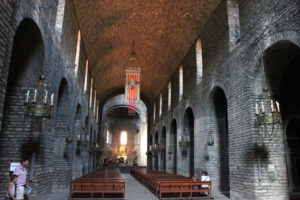


Photo by kristobalite via Visualhunt
Let’s begin with learning about the man behind the armor. Wilfred the Hairy (Guifré el Pilós) was born in 878 in Roussillon, France. He is considered to be a member of a family tree of elite historians. He is believed to be the son of Wilfred of Arriaount. His father was murdered by Salomón. After his father’s death, Wilfred took it upon himself to avenge his father. He accomplished the goal and many more victories followed.
Eventually, he accepted a position as Count of Barcelona in 878. A title that was given to him by Charles the Bald and his son Louis the Stammerer. As Count, he united many Catalonian counties including Urgel, Credenza, Gerona, Ausona Barcelona, and Besalú. He also built several churches such as Santa Maria de Ripoll, where he is buried today, and Sant Joan de Les Abadesses, which was built for his daughter. The city prospered and many years of peace followed.
In 897, the Saracens, led by Lubb ibn Muhammad, invaded Barcelona. Wilfred the Hairy died in battle on the 11th of August 897.
Related article: Plaça Ramon Berenguer
Legends
Several legends of Count Wilfred the Hairy’s bravery formed. This first one was that after Count Wilfred defeated the Normans, the king rewarded the war hero with a gold shield. The king decorated the shield by wetting his fingers in Wilfred’s blood and tracing four vertical lines on the gold shield. It is said that this represents the Catalan flag, which is yellow and has four vertical red lines.
Another story is similar to the legend of Saint Jordi. It is said that Wilfred the Hairy confronted a giant fire-breathing bloodthirsty beast that had been terrorizing a nearby town. He fought it with a tree trunk, shield and sword in hand. Wilfred ultimately slayed the dragon and carried the beast back to Barcelona to prove he had defeated it.
What he represents
Wilfred the Hairy’s legend represents the bravery of a true hero when facing the beasts like the Normans, or the Moors. He represents the affinity of the Catalonian culture. The building of tradition and a time of peace. He symbolizes a true hero in Catalonian history.
Related article: Jewish History in Barcelona
Other significant myths and legends of Catalonia
Sant Jordi



Photo by Fèlix González via VisualHunt
One of the most significant legends that exist until this day in Catalonia is that of Sant Jordi. We have mentioned this name above but you may have heard of this name before since there is an annual celebration that takes place on the 23rd of April in which people exchange roses and books. The story behind this holiday honoring the patron saint of Catalonia is a very fantastical one. It talks of a kingdom that was constantly facing attacks by a ferocious dragon. To appease the beast, the king began by sacrificing two lambs a day. When the lamb population started growing thinner, the kingdom decided to replace one of the two lambs with a child from the village. Eventually, the daughter of the king was chosen for the sacrifice. Luckily, there was a brave knight by the name of Jordi who had fallen in love with the princess. He faced the dragon with all of his might and managed to defeat him. The story says that from the dragon’s blood emerged a single red rose, which the knight offered the princess as a symbol of his love, which is why roses are given to women on Saint Jordi’s day.
The city’s name



Photo via Visualhunt
There are many different stories and legends about how Barcelona got its name. Some say the city is actually of Greek origin, having been founded by Hercules himself. The tale says that Hercules was traveling in a ship which was part of a larger fleet, which somehow got separated. Later, eight of the ships were able to reunite while the ninth one remained missing. The fleet set out to find the missing ship and found it moored at the foot of the Montjuïc hill. It is said that the crew members fell in love with the area and decided to name it Barca (boat) an Nona (ninth), which resulted in Barcanona.
Another different legend actually attributes the name to the Carthaginians, to Hannibal Barca, Hannibal’s father. When Hannibal arrived in the city, he fell in love with it and gave it, his surname Barca.
Which of these stories are true? We will never know because the legends lack foundation. There are no archaeological grounds or historical evidence to back them up, so we can just pick our favorite and tell it to the ones we know.
Looking for an apartment in the city? Let ShBarcelona find the perfect one.









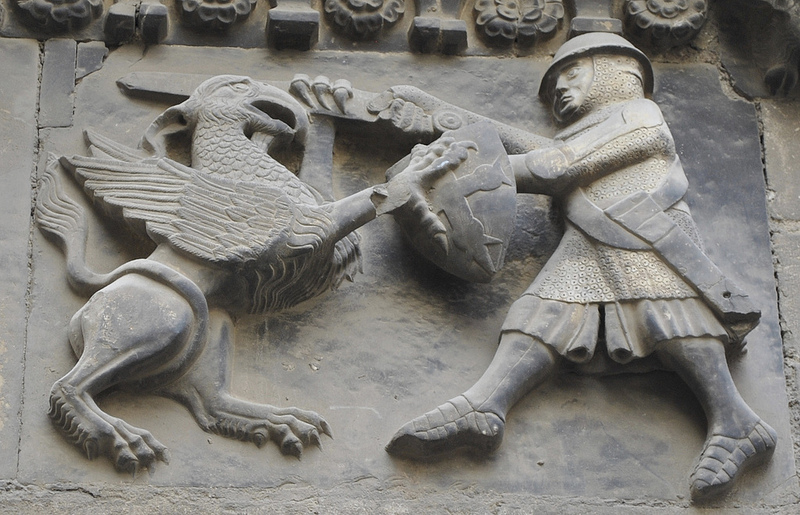
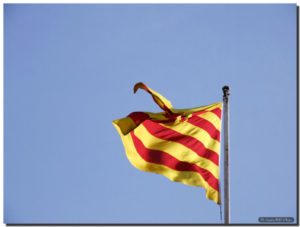





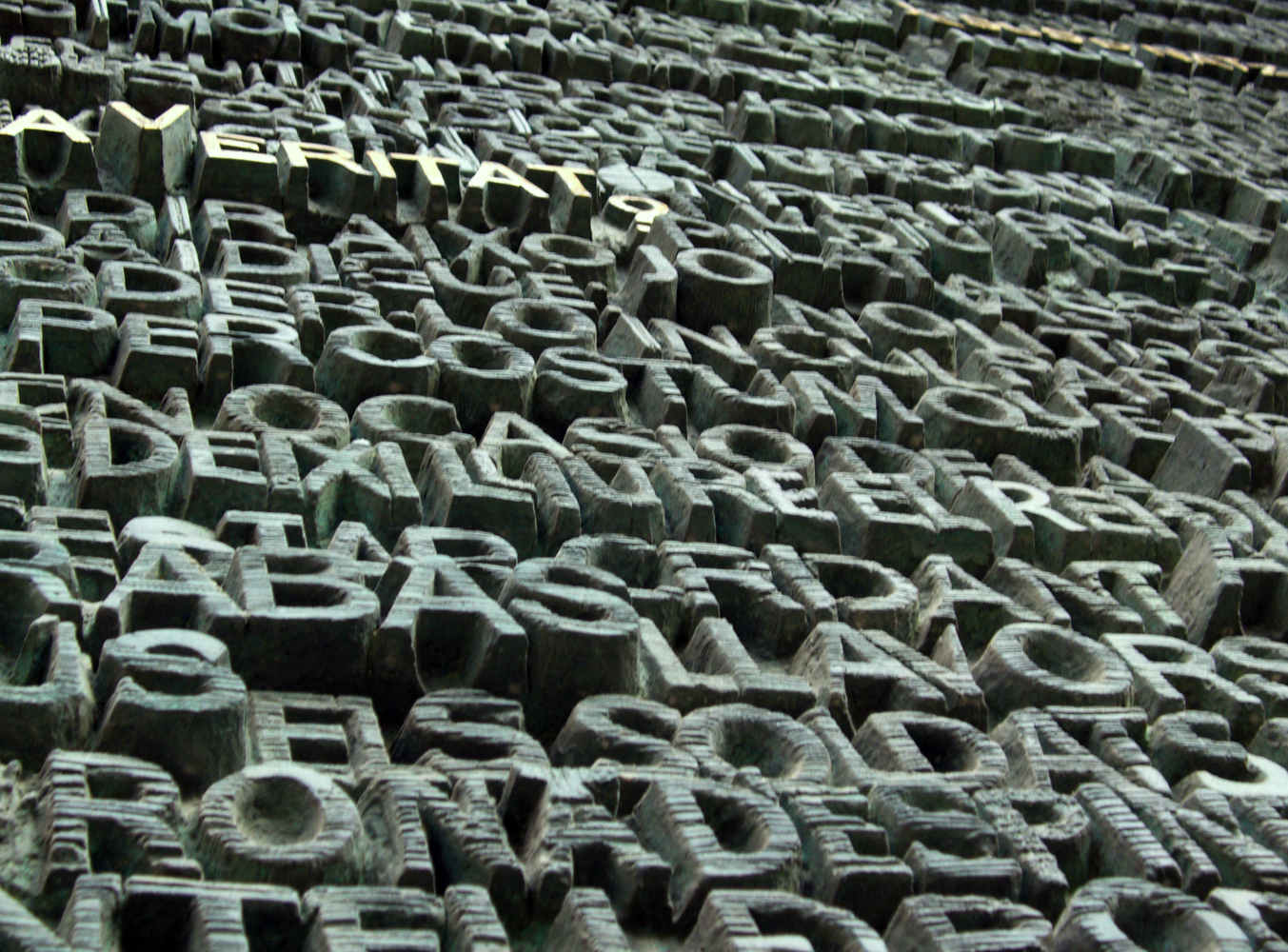


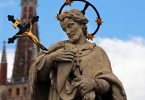


Bon Dia. That’s not Wilfred the Hairy up top. It’s St. George. Wilfred is just behind the dragon on the facade.